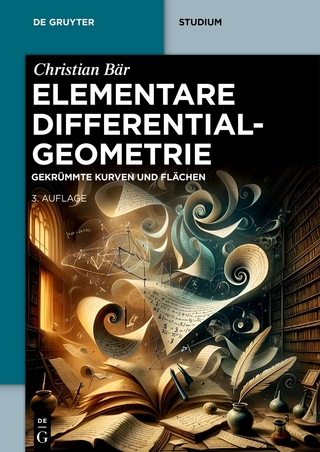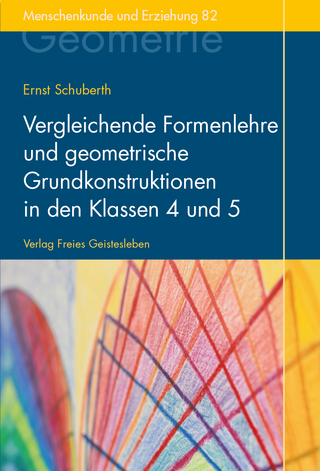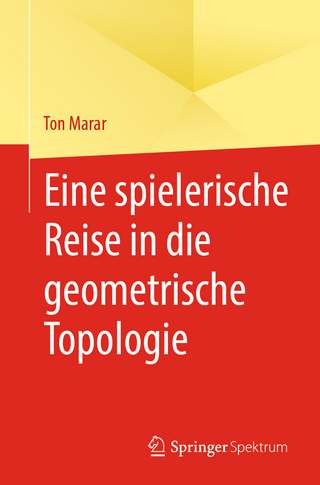
Fractal Concepts in Surface Growth
Cambridge University Press (Verlag)
978-0-521-48318-6 (ISBN)
This book brings together two of the most exciting and widely studied subjects in modern physics: namely fractals and surfaces. To the community interested in the study of surfaces and interfaces, it brings the concept of fractals. To the community interested in the exciting field of fractals and their application, it demonstrates how these concepts may be used in the study of surfaces. The authors cover, in simple terms, the various methods and theories developed over the past ten years to study surface growth. They describe how one can use fractal concepts successfully to describe and predict the morphology resulting from various growth processes. Consequently, this book will appeal to physicists working in condensed matter physics and statistical mechanics, with an interest in fractals and their application. The first chapter of this important new text is available on the Cambridge Worldwide Web server: http://www.cup.cam.ac.uk/onlinepubs/Textbooks/textbookstop.html
Preface; Notation guide; Part I. Introduction: 1. Interfaces in nature; 2. Scaling concepts; 3. Fractal concepts; Part II. Nonequilibrium Roughening: 4. Random deposition; 5. Linear theory; 6. Kardar-Parisi-Zhang equation; 7. Renormalization group approach; 8. Discrete growth models; Part III. Interfaces in Random Media: 9. Basic phenomena; 10. Quenched noise; 11. Experiments; Part IV. Molecular Beam Epitaxy: 12. Basic phenomena of MBE; 13. Linear theory of MBE; 14. Nonlinear theory for MBE; 15. Discrete models for MBE; 16. MBE experiments; 17. Submonolayer deposition; 18. The roughening transition; 19. Nonlocal growth models; 20. Diffusion bias; Part V. Noise: 21. Diffusive versus deposition noise; 22. Correlated noise; 23. Rare events; Part VI. Advanced Topics: 24. Multi-affine surfaces; 25. Variants of the KPZ equation; 26. Equilibrium fluctuations and directed polymers; Part VII. Finale: 27. Summary of the continuum growth equations; 28. Outlook; Appendices; Bibliography; Index.
| Erscheint lt. Verlag | 13.4.1995 |
|---|---|
| Zusatzinfo | Worked examples or Exercises |
| Verlagsort | Cambridge |
| Sprache | englisch |
| Maße | 182 x 251 mm |
| Gewicht | 680 g |
| Themenwelt | Mathematik / Informatik ► Mathematik ► Geometrie / Topologie |
| Naturwissenschaften ► Physik / Astronomie ► Festkörperphysik | |
| ISBN-10 | 0-521-48318-2 / 0521483182 |
| ISBN-13 | 978-0-521-48318-6 / 9780521483186 |
| Zustand | Neuware |
| Haben Sie eine Frage zum Produkt? |
aus dem Bereich


